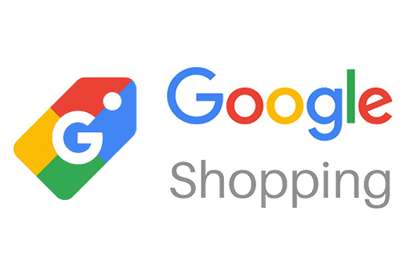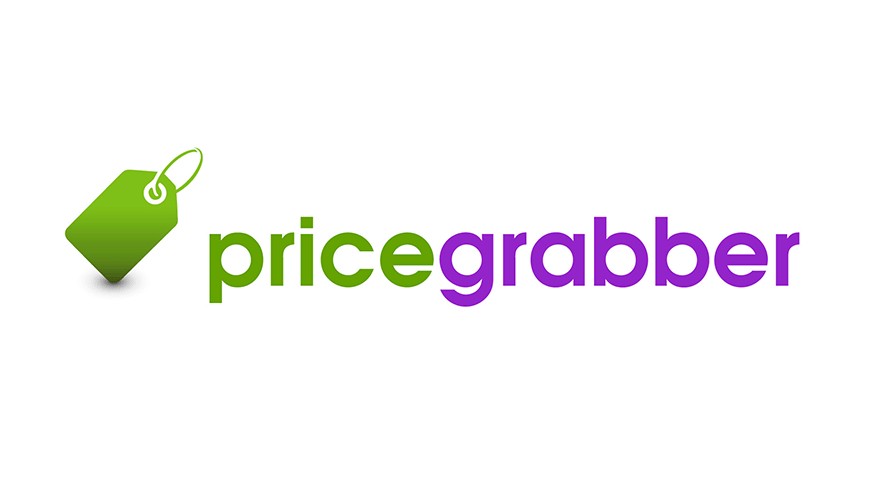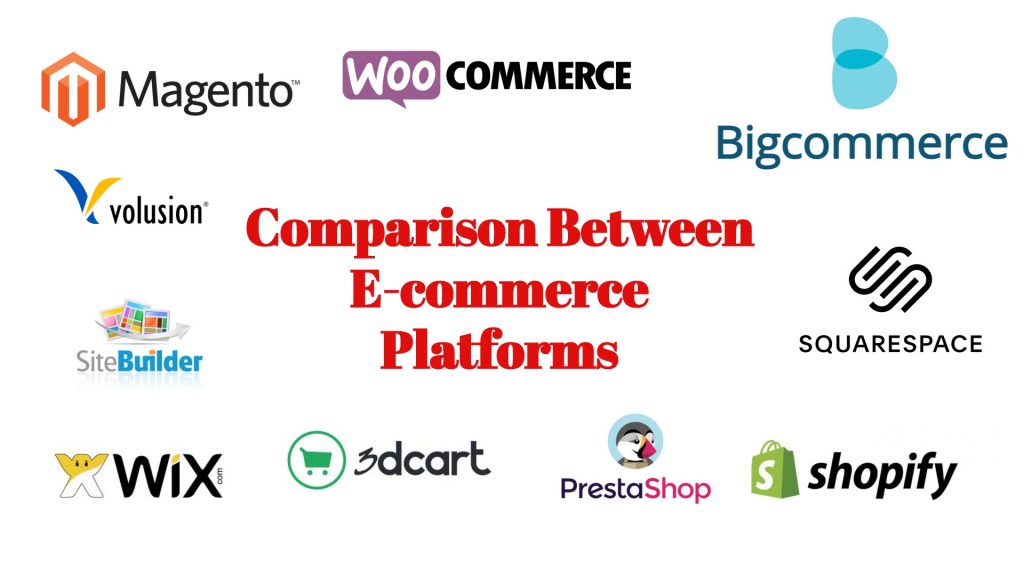What is Comparison E-commerce
Comparison shopping engines (CSE) or comparison shopping websites are avenues for accumulating information on products, including prices, from various eCommerce companies. A single page then displays this information based on the search information entered by a potential buyer.
The Impact of Comparison Shopping Engines on Sales
It’s important to understand what comparison shopping engines are so you can decide if using them will benefit your business model. For instance, they will most likely force you to lower your prices. There are three critical factors you need to understand before deciding to use comparison shopping engines.
- Becoming the “Low Price Leader:” Price is a key factor for potential buyers when browsing comparison shopping websites. If you are continuously lowering prices for your products while other eCommerce retailers are doing the same, you might end up restricting your overall cash flow.
- Not standing out: You might experience difficulties standing out among your competitors, as you are more likely to be offering similar products at similar pricing.
- No customer loyalty: Buyers looking for bargains are the primary types of consumers using comparison shopping websites. This means if you are not offering the lowest price, you will most likely lose that customer.
By selecting specific items to feed to comparison shopping engines, you can benefit from them without focusing solely on having the cheapest product. There are two types of products that are best to do this with:
- Unique-to-you items: If you sell a product that no one else currently does, you will be able to include it on your product feed without having to lower its price.
- Alternating products: By selecting a few products that you feel comfortable lowering prices on and then rotating these items frequently, you can attract new customers that will hopefully remain loyal to you.

The Top 10 Comparison Shopping Engines for 2024
Once you decide to start creating comparison shopping campaigns, you will need to determine what comparison shopping engines to use. There are several engines to consider when determining which one, or ones, you want to start listing products on. Here are the 10 most common comparison shopping websites:
Google Shopping

Google Shopping is probably the most well-known and largest comparison shopping website. When you submit a product to Google Shopping, it is also displayed via standard search results for Google and integrates , Google’s pay-per-click platform.
NexTag

NexTag was introduced in 1999, and today millions of potential buyers visit the site each month. eCommerce businesses can list event tickets, products, travel bookings, and real estate.
PriceGrabbe

In addition to listing products on PriceGrabber, you can utilize Market Report, the company’s market research tool, to track purchases and monitor products’ pricing trends. When listing products with the PriceGrabber comparison shopping engine, you receive the bonus of being listed on Yahoo Shopping, as well.
How To Choose Which Comparison Shopping Engines To Use
Once you understand what comparison shopping engines are, you will need to select the ones that will work best for your eCommerce business. They are not all the same, and some will produce a better ROI (return on investment) than others for your eCommerce business.
If several of your competitors are using a certain comparison shopping engine, then the targeted traffic you desire will already be in place, but the competition for the sale will be high. If there are no competitors on a comparison shopping website, the traffic might be lower, but you are more likely to get potential buyers. The more comfortable you become working with comparison shopping engines, the more you will develop and fine-tune the skills required to price and market your products effectively.
To further narrow down which CSE is right for your business, you can ask yourself the following questions:
- What type of channel do you want to utilize?
- What kind of products do you sell?
- Are your competitors using a CSE? If so, what kind?
Integration Options for eCommerce Platforms
Once you understand how to get products listed on price comparison websites, you will want to explore the many apps available to make submitting product feeds to comparison shopping engines easy and, in many cases, automatic. Here are a few examples of some such apps:
Amasty Product Feed
This Magento 2 extension allows you to feature and sell products on various comparison shopping engines, including Google, Bing, Shopping, and Amazon. Generate custom files that include necessary information about all your online store products. These files are then uploaded to comparison shopping websites. This will improve your site’s search ranking and increase your eCommerce products’ exposure.
ChannelSale
This extension provides full integration of the Magento 2 back end with eBay, Amazon, Google Shopping, Walmart, Jet, Facebook, Etsy, Houzz, Newegg, Sears, Rakuten, PriceGrabber, Wayfair, Shopzilla, Overstock, and other comparison shopping engines. ChannelSale synchronizes inventory, existing product listing, orders, and shipping tracking from the back end of your Magento eCommerce store without any downtime.
Google Shopping
Connect your eCommerce store with your Google Merchant account so you can easily submit products to Google Shopping and encourage new visits and sales from the Google network, specifically when submitting products to Google Shopping. New data feeds are generated each day to ensure products in your Google Merchant account are always up-to-date.

